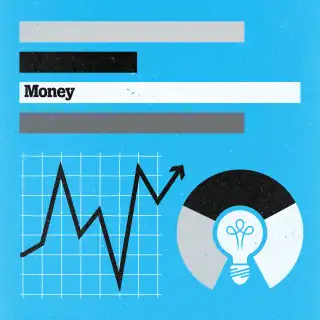How to Cash in on a Piece of History

Q: My mother has a postal savings bond dated 1939. The bond was only $1 dollar. It has my father’s name on it, but he has been deceased for over 40 years. What can my mother do to cash it? How much is it worth? — Kathy
A: Your mother owns an interesting piece of history.
Congress established the Postal Savings System in 1911 to encourage immigrants, who were accustomed to saving via post offices in their homelands, to stash their cash somewhere other than in their mattresses.
Based on your description of the document, it sounds like you have a certificate of deposit. Although the Postal Savings program was in place until 1966, the government stopped issuing Postal Savings Bonds in 1935.
If you want to look into redeeming it, your best bet at this point is to make a copy of the document — hold onto the original — and send it to the Bureau of the Fiscal Service for closer examination.
Assuming it can be redeemed, your mother can do so by submitting a copy of your father’s death certificate or other supporting estate documents.
Keep in mind that with many of these bonds “the historical value is often greater than what they would get if they sent this to us,” says Mckayla Braden, a senior advisor Bureau of the Fiscal Service. “A lot of these instruments stopped paying interest by the 1940s.”
To find out if the document itself is worth something, send a copy of it to someone who specializes in historic certificates or to see how similar documents are valued at collector sites, such as Scripophily.com.
In the end, you may be better off simply holding onto the certificate, as its biggest value may be sentimental. “Sometimes it’s fun to just frame it and put in on your wall,” Braden says.
In the meantime, if you come across other savings bonds, Treasury Direct is a good resource for determining what the bond may be worth and redeeming it. You can use the site’s calculator to look up the value of Series EE, E, and I bonds, as well as Savings Notes.
While you’re at it, check out the Treasury Hunt feature to see if you, or your parents, have any unclaimed savings bonds ready to be redeemed.